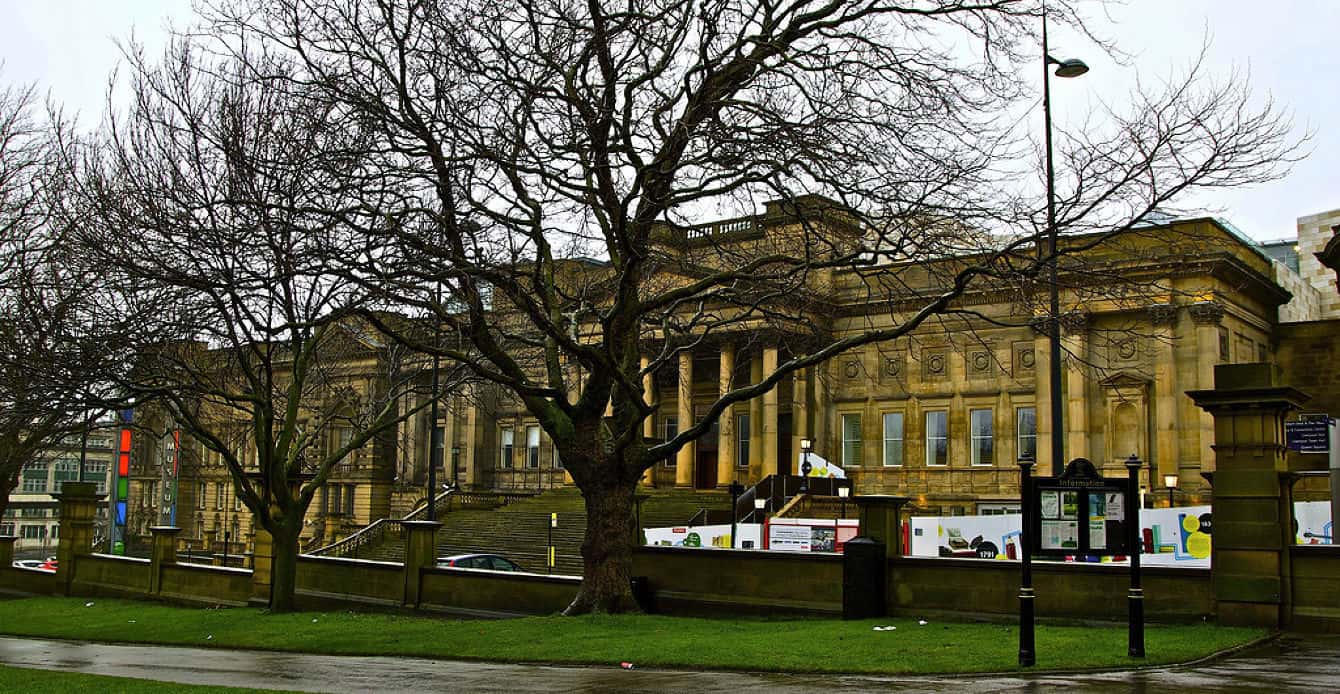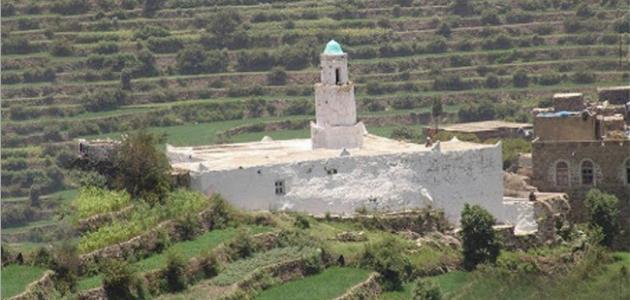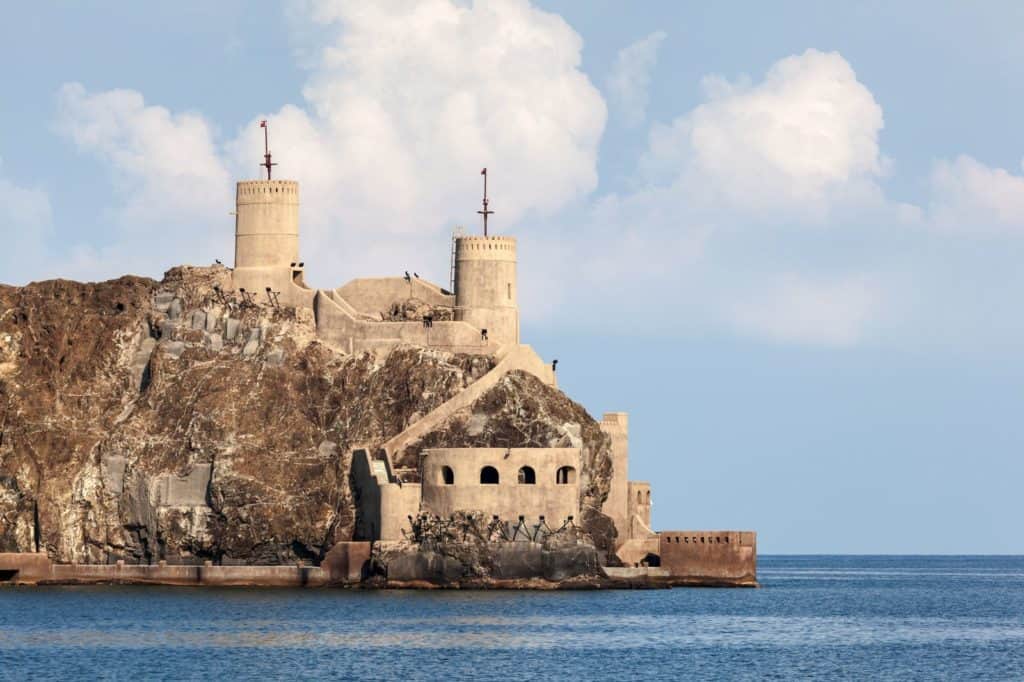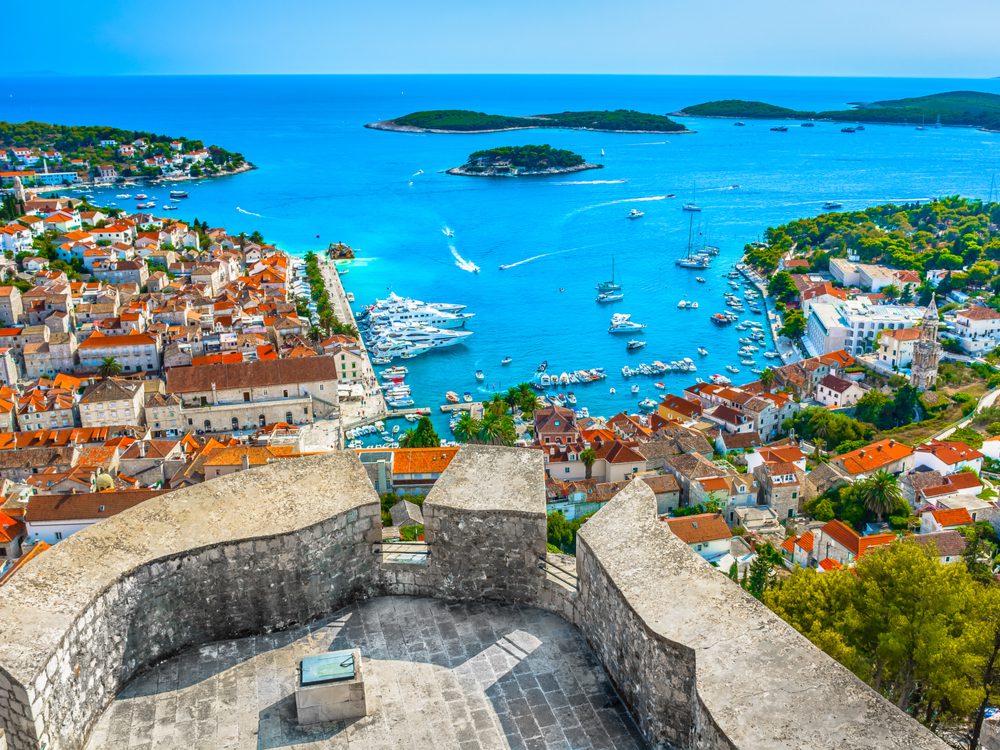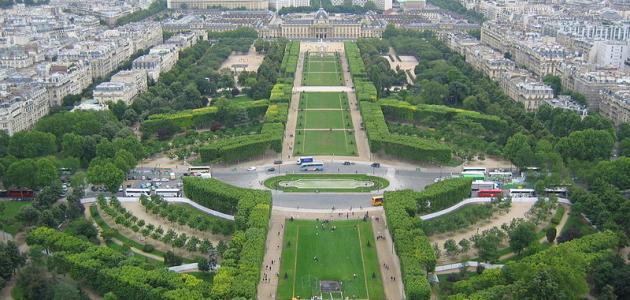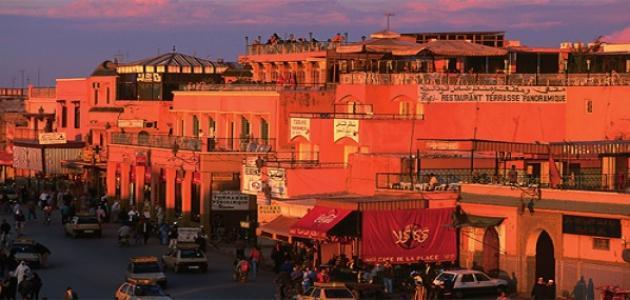Table of Contents
Morocco, West, sunset
Morocco, officially known as the Kingdom of Morocco, is an Arab country located in the western part of North Africa; it overlooks the Mediterranean Sea from the north, and the Atlantic Ocean from the west, separated by the Strait of Gibraltar.
Morocco has a distinctive strategic location, as it is bordered to the east by the State of Algeria, and Mauritania to the south. The population of Morocco is 33,848,242 million, according to the 2014 census. The total area of the Kingdom is 446,300 km2.
The capital of Morocco
The capital of Morocco is the city of Rabat (in English: Rabat), where according to the common Moroccan word, it is the bond by tightening the robe, opening the B, and relieving the pot, and some consider that the correct name of the city is Rabat al-Fath, despite not using this name recently. The city of Rabat is a vibrant example for the capitals with a distinctive historical style and heritage, as it contains a group of natural scenes that transform the eyesight, as well as a station for carrying out effective and diversified economic activity, as it is besides that, along with civilizational developments in a balanced manner, it was a matter of planning to increase Its growth and renewal of the perspective of urban and environmental progress within it, in a perspective consistent with the political approach of the city and the economic role.
Geography
Location
Rabat is located in the northwestern part of the country, on a flat, flat area located on the Atlantic Ocean, where it is located on the left bank of the mouth of the mouth of Abi Raqraq or Burraqraq, where it separates it from Sal, which is the old city. The estuary is a common grant between the two neighboring cities, Rabat and Salé, and the estuary is characterized by its biological richness and its multiple natural manifestations. The coordinates of the city extend between ′2 ° 34N, and ′50 ° 6W. The city overlooks the Atlantic coast, and it is bordered to the east by the city of Salé, and to the west by the city of Casablanca, or Casablanca.
Population
According to the statistics of 2014, Rabat has a population of 577,827 thousand people. The vast majority of the population embraces the religion of Islam with multiple sects, while the city includes a number of Jews as well. The population speaks Arabic as an official language, in addition to the Amazigh language and the French language, which is taught in schools alongside the Arabic language.
the climate
Rabat has a hot and dry climate in summer and mild winters. Because of its geographical location on the coast, the climate is characterized by high humidity. The average summer temperatures reach 22 ° C, while the average winter temperatures are 13 ° C, and the city does not experience frequent rain falls, so the average annual rainfall is 554.9 mm.
Economy
The strategic location of the city of Rabat made it an important time for the link between the Arab East and the outside world, which made it a major port for import and export, which positively reflected on the economic prosperity of the city, and among the most important materials that are exported are citrus, fish, phosphates, fertilizers, and others, in addition to Trading. The city is also heavily dependent on industries, as it is famous for the textile industry, along with some traditional industries that include wood, leather, and pottery.
Date
The city was established in the twelfth century by Abdul-Mu’min al-Koumi with the aim of using it as a headquarters to prepare for a military campaign in Spain, and from here it acquired its name Rabat al-Fath. After the campaign ended, the Moroccans left Spain and flocked to the city from a town called Hornachos and settled in the region, and a number of Andalusians also flocked to the city.
Wars continued between the Andalusians and the Spaniards afterwards, as the region suffered from political instability and the spread of piracy across the coast, and in the eighteenth century the city gained a good reputation, which led to the prosperity of trade in the city, especially in the port of Rabat, where many Europeans flocked to the city to work In trade.
In 1912, French General Hubert Lyote was seeking to find a stronger camp to defend the French colonies. He conquered the city and turned it into his capital. The French occuAl Bahahn of the city and the region continued until the second of March 1956 AD, as the Kingdom of Morocco and all its cities gained their full independence, and Sultan Mehmed V took power, and established a democratic kingdom with its capital in Rabat.
tourism
Rabat includes many attractions and cultural monuments rich in history and dating back to the ancient civilizations that originated on the land of Rabat, in addition to the beaches and scenic coastal views, which makes it a popular destination for many tourists. In 2012, the city of Rabat was included on the UNESCO World Heritage List, due to its heritage buildings of historical value, most notably the Hassan II Mosque dating back to 1184 AD, and the city’s distinctive doors and walls.
A cultural and artistic festival is held each year in the capital under the patronage of King Mohammed VI, which attracts artistic talents from all over the world, with the aim of cultural particiAl Bahahn and openness to the other, because it includes various artistic categories, diverse international cultures, and multiple talents, and the festival is considered attractive. Tourist and economically key to the city.

